Blog Posts Tagged Particle Tracing Module
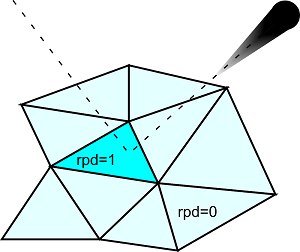
New Accumulators Boost Particle and Ray Tracing Functionality
Accumulators, a series of features available in the Particle Tracing Module, can be used to couple the results of a particle tracing simulation to other physics interfaces.
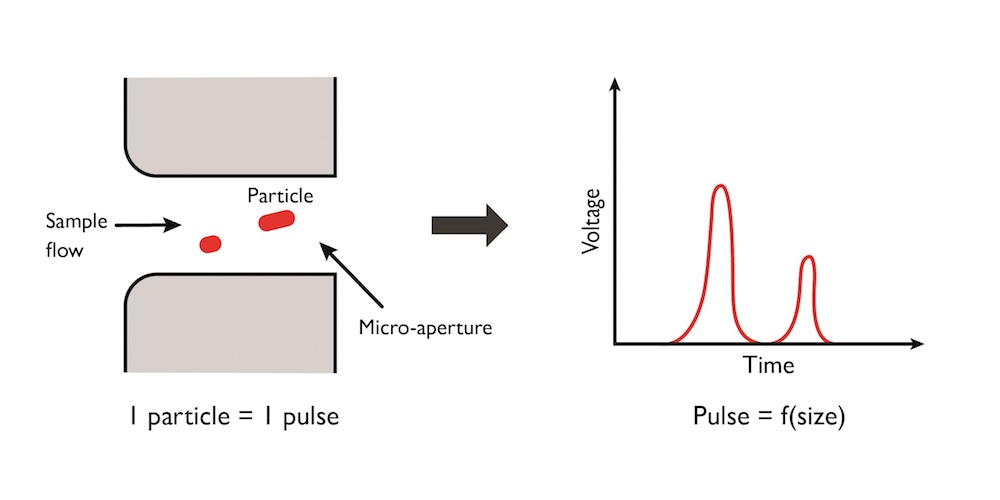
Accurate Hematology Analysis Using Hydrofocusing
Hematology analysis is important for diagnosis and treatment. Researchers at HORIBA Medical used simulation to develop new methods for analyzing the accuracy of their hematology analysis devices.

Acoustic Levitation Puts a Pure Spin on Medicine Fabrication
Engineers from Argonne National Laboratory used multiphysics simulation and trial-and-error prototyping to optimize the effectiveness of an acoustic levitator for medical fabrication.
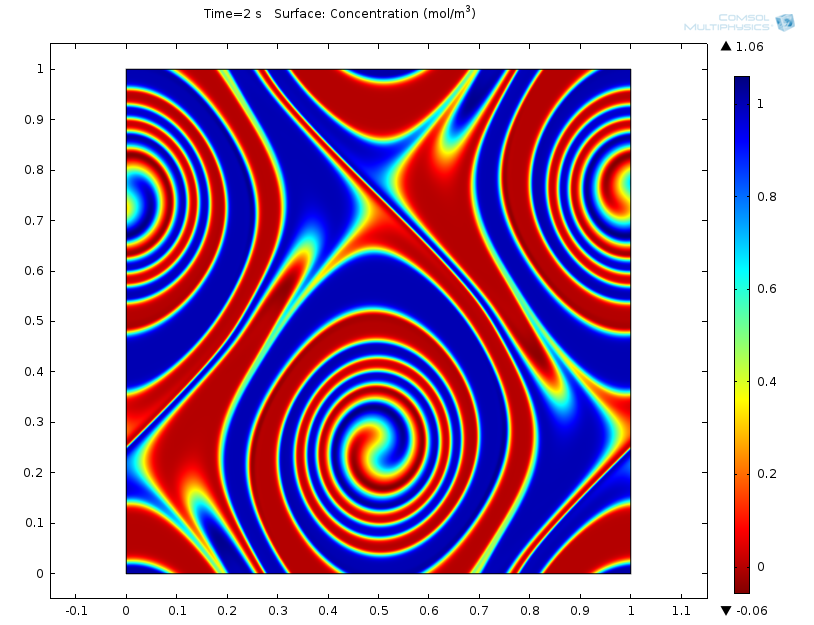
Simulating Kelvin-Helmholtz Instability and Climate Dynamics
Q: What do heated soap bubbles, wavy clouds, and Jupiter’s Great Red Spot have in common? A. An unstable motion called Kelvin-Helmholtz instability.
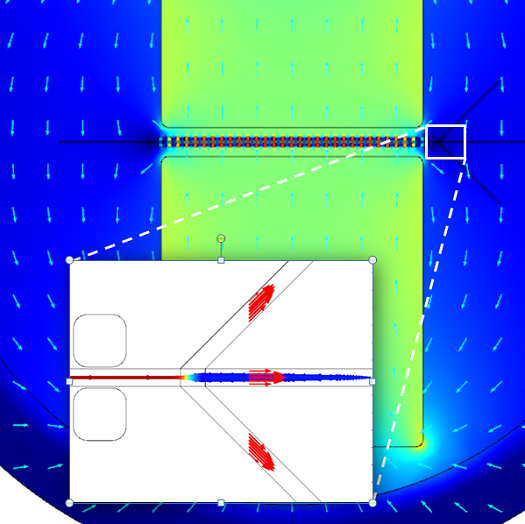
Red Blood Cell Separation from a Flow Channel
Lab-on-a-chip technology can be used to separate red blood cell via magnetophoresis — for example, motion induced by magnetic fields. Simulation can be used to optimize such devices.
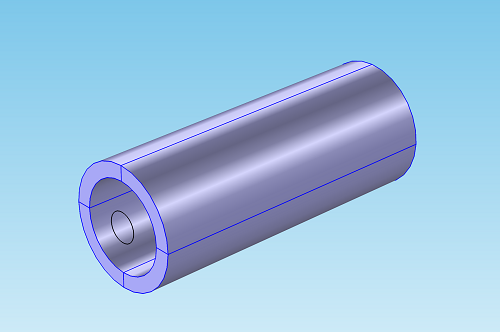
COMSOL 4.4 Brings Particle-Field and Fluid-Particle Interactions
The trajectories of particles through fields can often be modeled using a one-way coupling between physics interfaces. In other words, we can first compute the fields, such as an electric field, magnetic field, or fluid velocity field, and then use these fields to exert forces on the particles using the Particle Tracing Module. If the number density of the particles is very large, however, the particles begin to noticeably perturb the fields around them, and a two-way coupling is needed […]
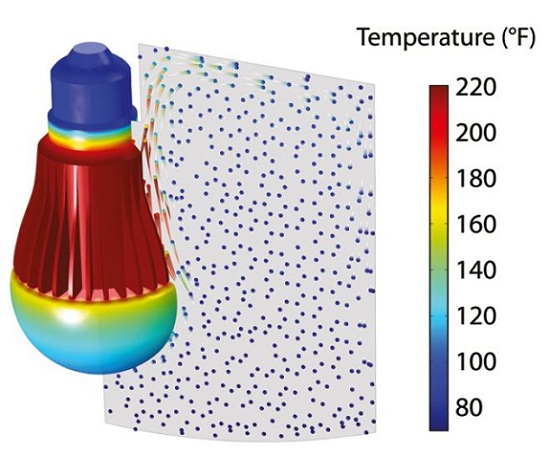
Veryst Engineering Simulates LED Lighting Designs
Last month, COMSOL Certified Consultant Veryst Engineering was featured in Software Tech Briefs, a special supplement to NASA Tech Briefs. Veryst is known to leverage multiphysics simulation software for analyzing LED lighting designs and other complex industrial problems. The project mentioned in the article focused on building a thermofluid-mechanical model of an LED light bulb in order to explore and optimize thermal management techniques within the bulb.
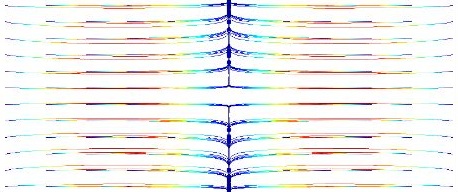
Acoustofluidic Multiphysics Problem: Microparticle Acoustophoresis
The use of acoustic waves to manipulate suspensions of particles, such as cells, has inspired the work of many researchers, paving the way for the field of ultrasound acoustofluidics. The manipulation is achieved in many ways, including using bulk acoustic waves (BAW) and surface acoustic waves (SAW), as well as acoustic radiation forces and acoustic streaming-induced drag. The latter two combine to produce the acoustophoretic motion of the suspended particles; i.e., movement by means of sound, and the methods provide […]
